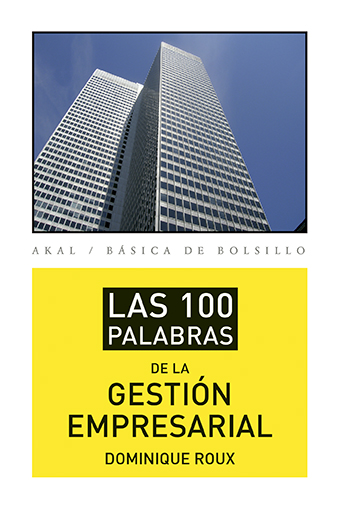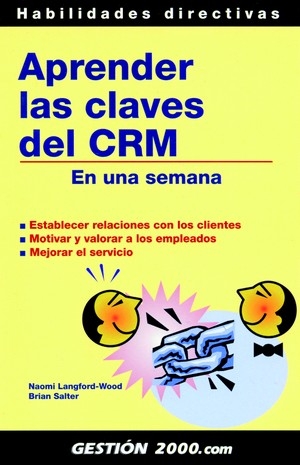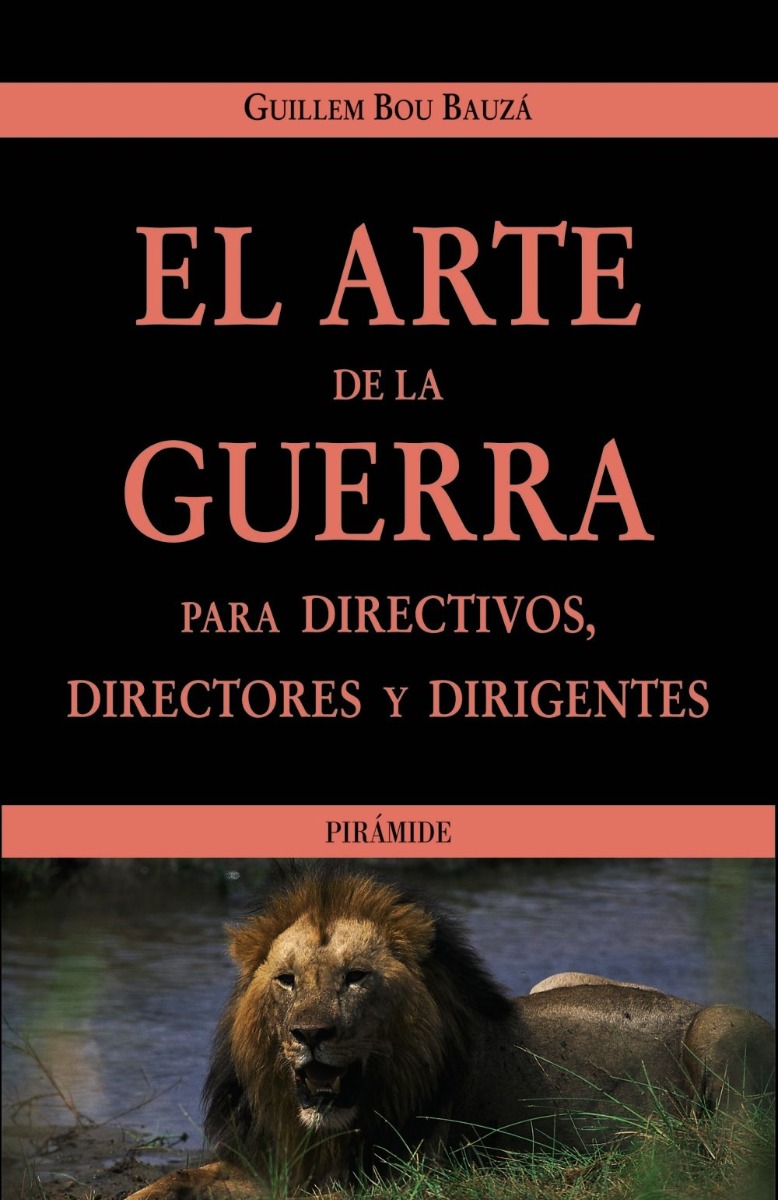Ways into Discourse
1ª Edición, Septiembre 2006
Editorial COMARES
ÍNDICE
PREFACE .
SECTION I
LINGUISTICS AND DISCOURSE
1. CHOOSING BETWEEN WILL AND BE GOING TO IN ENGLISH: A PRAGMATIC DECISION .
Marianne Celce-Murcia
1. Introduction .
2. Discourse pragmatics .
2.1. Frame elaboration pattern: be going to will/’ll .
2.2. Frame elaboration pattern: be going to can/will/’ll .
3. Social-psychological pragmatics .
3.1. Social register .
3.2. Factuality or directness vs. indirectness or politeness .
3.3. Degree of probability .
3.4. Current evidence .
3.5. Promise/commitment .
3.6. Speaker/writer’s perception of contingency .
3.7. Generality/inevitability .
4. Conclusion .
References .
2. THE DICTIONARY OF SPANISH DISCOURSE PARTICLES: PROGRESS REPORT .
Salvador Pons Bordería
1. Introduction .
2. DMs: A source of (lexicographic) problems .
3. Macrostructure and microstructure problems .
3.1. Aspects of macrostructure .
3.2. Aspects of microstructure .
3.2.1. Definitions: from theory to (lexicographical) practice .
3.2.2. Use of examples .
3.2.3. Description of the fields .
4. Final remarks .
References .
3. LEXICAL PRAGMATICS AND MEANING NEGOTIATION IN DISCOURSE: CONCEPT MERGING AND AD HOC CATEGORY CONSTRUCTION .
Sergio Maruenda Bataller
1. Introduction .
2. Revelance Theory and the theory of generalised conversational implicatures
2.1. Relevance Theory .
2.2. The Theory of generalised conversational implicatures .
3. Lexical Semantics and Pragmatics .
3.1. Introduction .
3.2. Lexico-pragmatic processes .
3.2.1. Concept narrowing .
3.2.2. Concept broadening .
4. Lexico-pragmatic processes in the negotiation of meaning .
4.1. Introduction .
4.2. Concept merging .
4.3. Ad hoc category construction .
5. Conclusion .
References .
SECTION II
INTERPERSONAL RELATIONS IN DISCOURSE
4. VERBAL ABUSE: AN ASSAULT ON SELF-ESTEEM .
Emma Sopeña Balordi
1. Language map and territory .
2. The perverse individual .
3. Subtle abuse / barefaced abuse .
4. Some characteristics of subtle verbal abuse .
5. Cognitive, emotional and psychosomatic effects of verbal abuse .
6. Most common reactions to verbal abuse .
7. Application of Rational Emotive Behaviour Therapy, Cognitive Behavioural Psychotherapy and Neuro Linguistics Programming (NLP) .
8. The end of the battle .
References .
5. SOLIDARITY AND DEFERENCE IN COMPUTER-MEDIATED COMMUNICATION: A DISCOURSE-PRAGMATIC ANALYSIS OF STUDENTS’ EMAILS TO LECTURERS .
Patricia Bou-Franch
1. Introduction .
2. Theoretical background .
2.1. Computer-mediated communication .
2.2. Politeness .
2.3. Communities of practice .
3. Data and methodology .
3.1. Data .
3.2. Methodology .
4. Context and goal of messages .
5. Internal organisation and politeness choices .
5.1. Opening sequences .
5.2. Requesting sequences .
5.3. Closing sequences .
6. Summary and conclusions .
References .
6. RETHEORISING GENDER AND POLITENESS .
Sara Mills
1. Introduction .
2. Feminist linguists and communities of practice .
3. Theorising power .
4. Contesting Brown and Levinson’s Model of Politeness .
5. Conclusions .
References .
7. RESEARCHING SEXUAL LANGUAGE: GENDER, (IM)POLITENESS AND DISCURSIVE CONSTRUCTION .
José Santaemilia
1. Introduction .
2. The language of sex: multiple texts and discourses .
3. Sexual language, a gendered domain? .
4. The language of sex and the expression of politeness .
5. Conclusion .
References .
SECTION III
CRITICAL DISCOURSE ANALYSIS
8. PRIVATE DISCOURSE WITHIN INSTITUTIONAL DISCOURSE: PRESENTATION OF THE SELF AS A PERSUASIVE TOOL IN LETTERS OF APPLICATION .
Rosana Dolón
1. Introduction .
2. Research objective .
3. Methodological framework .
4. Results of analysis: strategic choices in generic moves .
4.1. Move 1: Acknowledge job advertisement .
4.2. Move 2: Express willingness to apply for the job .
4.3. Move 3: Reasons for applying for the job .
4.4. Move 4: professional experience/academic background .
4.5. Move 5: Teaching philosophy .
4.6. Move 6: Leave taking .
4.7. Applicants not complying with job requirements .
5. Conclusion .
References .
9. THE DISCOURSE OF LIFESTYLES IN THE BROADCAST MEDIA .
Nuria Lorenzo-Dus
1. Introduction .
2. Lifestyles and lifestyle programming .
3. British property shows .
4. Desirable lifestyles .
4.1. The accessibility of desirable lifestyles .
4.1.1. Little time .
4.1.2. Little effort .
4.1.3. Little capital .
4.2. A lifestyle for all? .
4.3. Demarcated lifestyle activities and spaces .
5. Conclusions .
Appendix .
References .
10. INTERCULTURAL DISCOURSE ANALYSIS: UNRAVELLING THE TRUE AIMS OF POLITICAL SPEECHES .
U. Dagmar Scheu Lottgen & José Saura Sánchez
1. Introduction: CDA in intercultural relation studies .
2. Theoretical framework: Intercultural discourse analysis .
2.1. Interdisciplinary approach .
2.2. IDA and critical discourse analysis .
2.3. Intercultural discourse analsis .
3. Methodological considerations .
3.1. Methodological model .
3.2. Procedure .
3.3. Data .
4. Study .
4.1. Analysis of the historical context .
4.2. Studying discourse as such .
4.3. Social and psychological interpretations .
5. Conclusions .
Appendix 1 .
Appendix 2 .
References .








